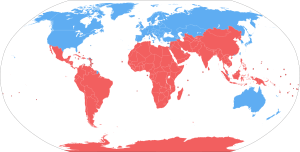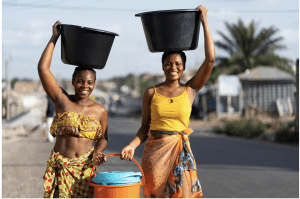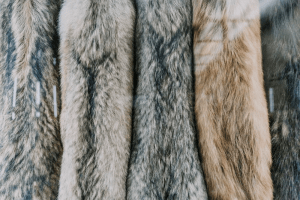I grew up in a fairly rural area of Massachusetts, and for me, wildness was all around me. I spent much time outdoors when I was young, and spending time with my siblings and neighborhood friends, who are some of my best friends today. When home, we would walk through the woods in our backyard, along the trails and even on highway overpasses where they would lead. This picture below is an image of a trail in the Georgetown-Rowley State forest that lies behind the home I grew up in.

Source: John Peterson, google.com
This space holds many great memories for me, so I felt it worth mentioning. But it became abundantly clear to me, though, when I read Barbara Kingslover’s Knowing Our Place, what space in the world I would be writing about this week. This passage sincerely resonated with me, and confirmed that I had the right place in mind:
People will need wild places…They need to experience a landscape that is timeless…To be surrounded by a…commotion of other species…none of whom could possibly care less about your economic status or your day-running calendar…It reminds us that our plans are small and somewhat absurd.
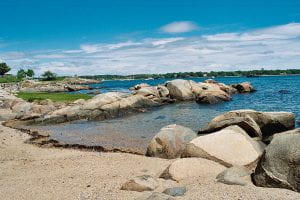
My version of Kingslover’s landscape is a small beach in Salem, MA where I spent most of my childhood with my family and brought many friends, who all fell in love with it (almost) as much as I did. My mother grew up in the neighborhood where this beach was located, and my grandparents owned that home until I was in my 30s. To this day, it holds a special place in my heart. As kids, we would spend time looking for and capturing any number of sea life and objects we could find. Anything from sea glass and old shells, to mussels, hermit crabs, and barnacles would provide us endless entertainment.
As I got older, it became less about the simple fun of splashing around and collecting old glass, and more about a place to relax, center myself, and reflect. I firmly believe we need this time away from our regular lives to reset ourselves and quiet our minds. We need the reminder that our world is bigger than just us, as we can tend to get us caught up in fast-paced lives and the urgency of everything that is happening right in front of us. But what I did notice as I got older, is that it wasn’t taken care of as well as I remember in my youth.

In her piece entitled Home Work, Tempest Williams talks of legislative action taken on Western land, as it is becoming increasingly used, bought, and sold as if it is something to be owned; something she refers to as ‘the civil war’. Should we regulate wilderness? If not, she is concerned, it could become overused and ruined; but if we do, it might not be able to be enjoyed by the very people that love the land the most. She states: “…This is not hard to understand: falling in love with a place, being in love with a place, wanting to care for a place, and see it remain intact as a wild piece of planet.”
This quote resonated with me because it made me think of my own “place” and how much I love it. I care about it because it is part of my childhood identity. When I saw the care of it going downhill, it really made me sad. It used to have crystal clean water and, each year, a comb-through to remove debris and brin in new sand. Now the water is oily with gasoline, and new sand simply dumped over the old; so much so that the high sand causes the beach to meet the street, when before, the high wall it is packed up against would safely shield a child from the sun while enjoying some ice cream. Without access to a clean, functioning beach, how will children in future generations enjoy the simple pleasure of a day at the beach, learn about sea life or reflect on their connection to this space and the world around them as they grow older?
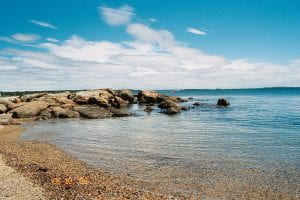
The readings from Williams and Kingslover stress the importance of nature, connecting to it, and respecting it. It should be enjoyed and appreciated, while still preserving it for generations to come. Williams perfectly encapsulates the concept of needing nature in our lives in Home Work, and how pertinent it is to connect to the wildness of it when she states: “It’s hard to take yourself very seriously when confronted face-to-face with a mountain lion or the reality of no water in the desert…stars no longer seen by most as they are erased by urban life.”
Photos are my own, unless otherwise credited.

